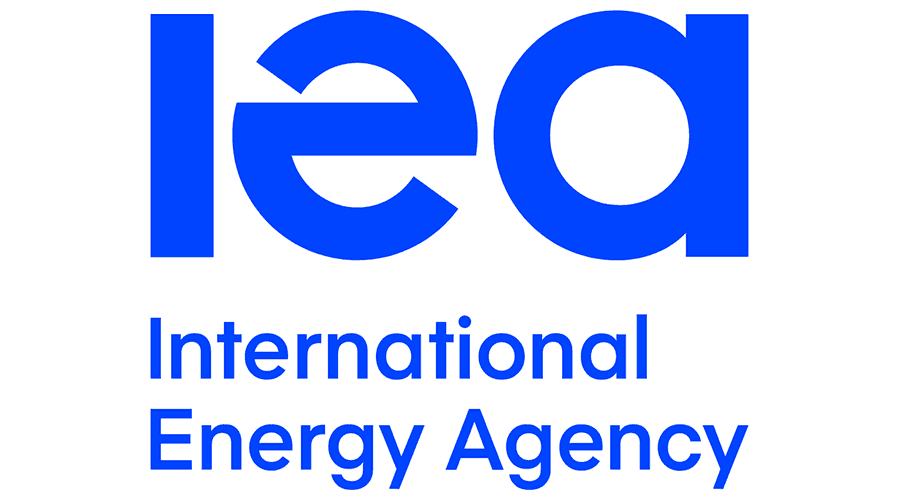Paragraph 1: Global Electricity Demand Surge and Driving Factors
The International Energy Agency (IEA) has documented a substantial surge in global electricity demand in 2024, registering a 4.3% increase compared to the 2.5% growth observed in 2023. This surge, nearly double the average annual growth of the past decade, is attributed to a confluence of factors, including increased electrification across various sectors, extreme weather events driving up cooling needs, and expanding industrial activity. China, the world’s second-largest economy, emerged as the primary driver of this increased demand, accounting for over half of the global rise. Its electricity consumption soared by over 550 terawatt-hours (TWh), a 7% increase compared to 2023, exceeding the entire global average annual increase of the previous decade. This growth was fueled by a combination of increased industrial output, the expansion of data centers, and a rise in air conditioning use due to hotter temperatures.
Paragraph 2: Rebound in Advanced Economies and Regional Variations
Advanced economies also experienced a significant rebound in electricity demand in 2024, reversing a decline of 140 TWh witnessed in 2023. The United States played a leading role in this recovery, contributing significantly to the 230 TWh increase observed across developed nations. Factors contributing to this rebound include rising industrial production, the rapid growth of data centers, and record-breaking heatwaves that amplified cooling needs. Europe also witnessed growth, albeit at a more moderate pace, with the European Union’s electricity consumption increasing by approximately 1.5%. This marks a notable shift from the near-zero growth experienced over the preceding two decades. Other advanced economies, including Australia and South Korea, similarly registered accelerated growth in power demand. The regional variations underscore the diverse influences shaping electricity consumption patterns.
Paragraph 3: The Building Sector’s Dominant Role in Electricity Consumption Growth
The building sector emerged as a primary driver of global electricity consumption growth in 2024, exhibiting a growth rate four times higher than that recorded in 2023. The IEA reported a surge of over 600 TWh in power demand from the building sector, representing nearly 60% of the total global increase in electricity consumption. This substantial increase was largely attributed to the escalating use of air conditioning in response to severe heatwaves, particularly in China and India. While global trends pointed towards significant increases, India experienced a slight slowdown in electricity demand growth compared to the exceptional surge witnessed in 2023, largely driven by extreme weather in the preceding year. This normalization suggests that the 2023 surge was an anomaly rather than a sustained trend.
Paragraph 4: Southeast Asia’s Rapid Electrification and the Need for Sustainable Growth
Southeast Asia experienced one of the most pronounced regional increases in electricity demand, with consumption surging by more than 7%, a significant acceleration from the 4% growth recorded in 2023. This rapid growth reflects the ongoing economic development and increasing electrification in the region. The IEA’s findings emphasize the critical link between electrification and economic progress, but also highlight the associated challenges. The sharp rise in global electricity demand underscores the urgent need for accelerated investments in clean energy infrastructure to ensure that the growing power needs are met sustainably. Experts caution that relying on fossil fuels to meet this rising demand would exacerbate environmental concerns and undermine global efforts to mitigate climate change.
Paragraph 5: Balancing Electrification with Sustainable Energy Sources
The observed trends in global electricity demand highlight a critical juncture in the global energy landscape. While electrification is crucial for economic development and improving living standards, particularly in emerging economies, the rapid increase in power consumption necessitates a parallel expansion of clean energy generation. The IEA emphasizes the importance of transitioning towards renewable energy sources to meet this growing demand, rather than resorting to increased reliance on fossil fuels. Failure to prioritize clean energy investments could lead to a surge in greenhouse gas emissions, further exacerbating climate change and its associated impacts. The challenge lies in striking a balance between meeting the energy needs of a growing global population and ensuring the sustainability of the energy system.
Paragraph 6: The Urgent Call for Investment in Clean Energy Infrastructure
The IEA’s report serves as a clarion call for accelerated investment in clean energy infrastructure. Meeting the escalating global electricity demand with renewable sources requires a concerted effort from governments, businesses, and investors. Policies that incentivize renewable energy development, coupled with technological advancements and grid modernization, are essential for facilitating a sustainable energy transition. The future trajectory of global electricity consumption and its environmental impact hinges on the decisions made today regarding energy infrastructure investments. A failure to adequately address the growing demand for electricity with clean energy solutions will have profound consequences for both the global economy and the planet’s future.


